Unlocking the Power of Coal: A Guide for Energy Kids by the U.S. Energy Information Administration (EIA)
BlogTable of Contents
- Threat of Energy Bill coal ban lifted | Heritage Railway Magazine
- FOSSIL FUELS - COAL
- Wanna Send Someone a Lump of Coal for Christmas?
- Enegry: The world could burn a record amount of coal next year despite ...
- Starport Trading and Development Limited
- Coal-HD High Definition Photo-Rock-Geology-Specimen-Mineral-China ...
- The year coal collapsed: 2016 was a turning point for Britain’s ...
- UK government subsidises coal sector with £356 million a year | New ...
- Another way to look at the fossil record? By examining coal.
- Visual Capitalist on LinkedIn: #coal #energy #fossilfuel #renewableenergy
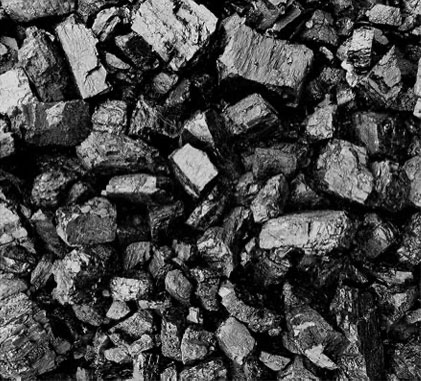
Coal has been a vital source of energy for centuries, and it continues to play a significant role in the world's energy mix. As a kid, it's essential to understand the importance of coal, its uses, and how it affects our daily lives. The U.S. Energy Information Administration (EIA) provides valuable information and resources to help kids learn about coal and other energy sources. In this article, we'll delve into the world of coal and explore its significance, types, and impact on the environment.
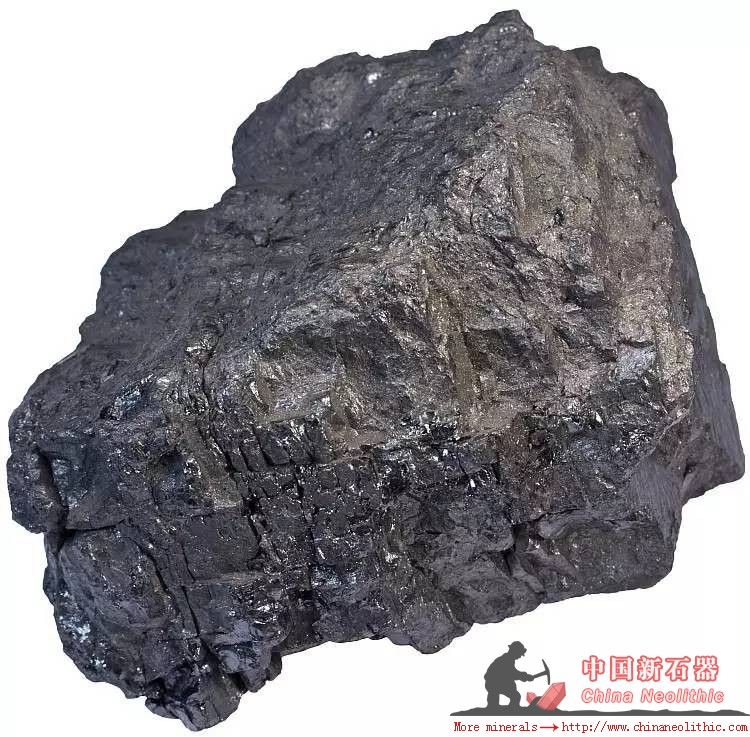
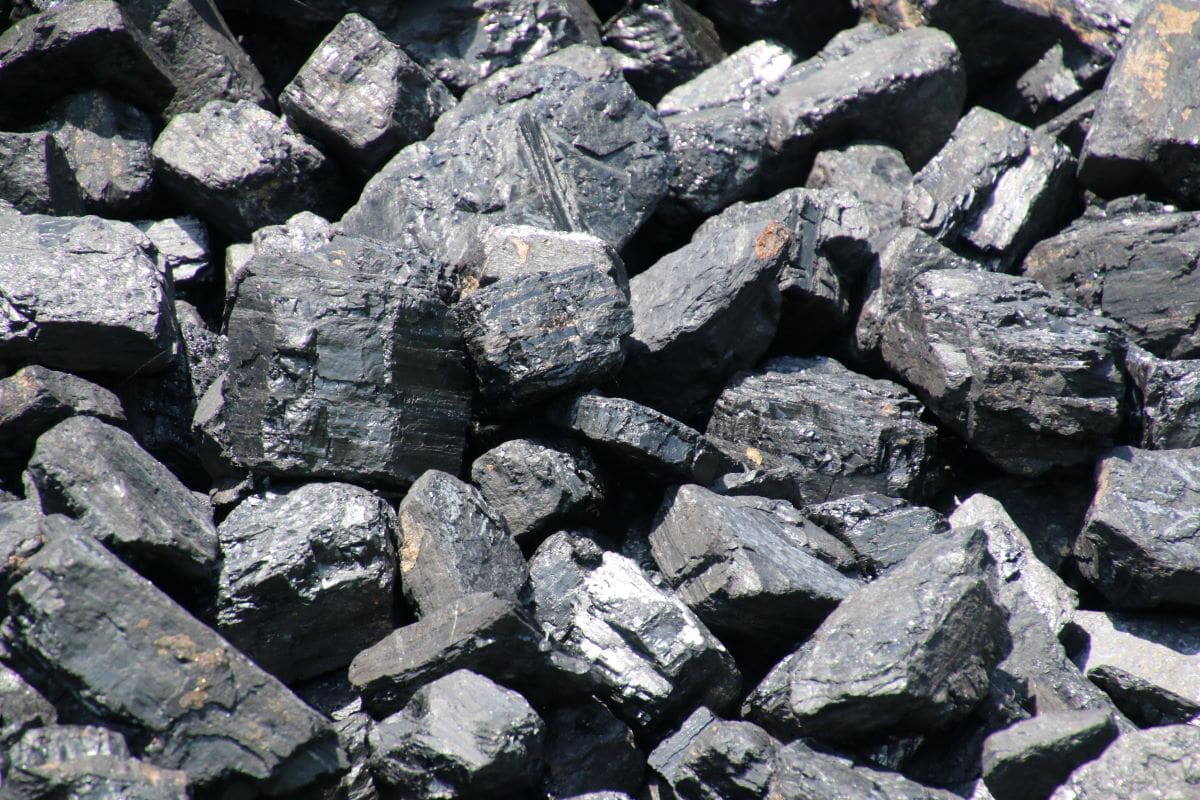
What is Coal?
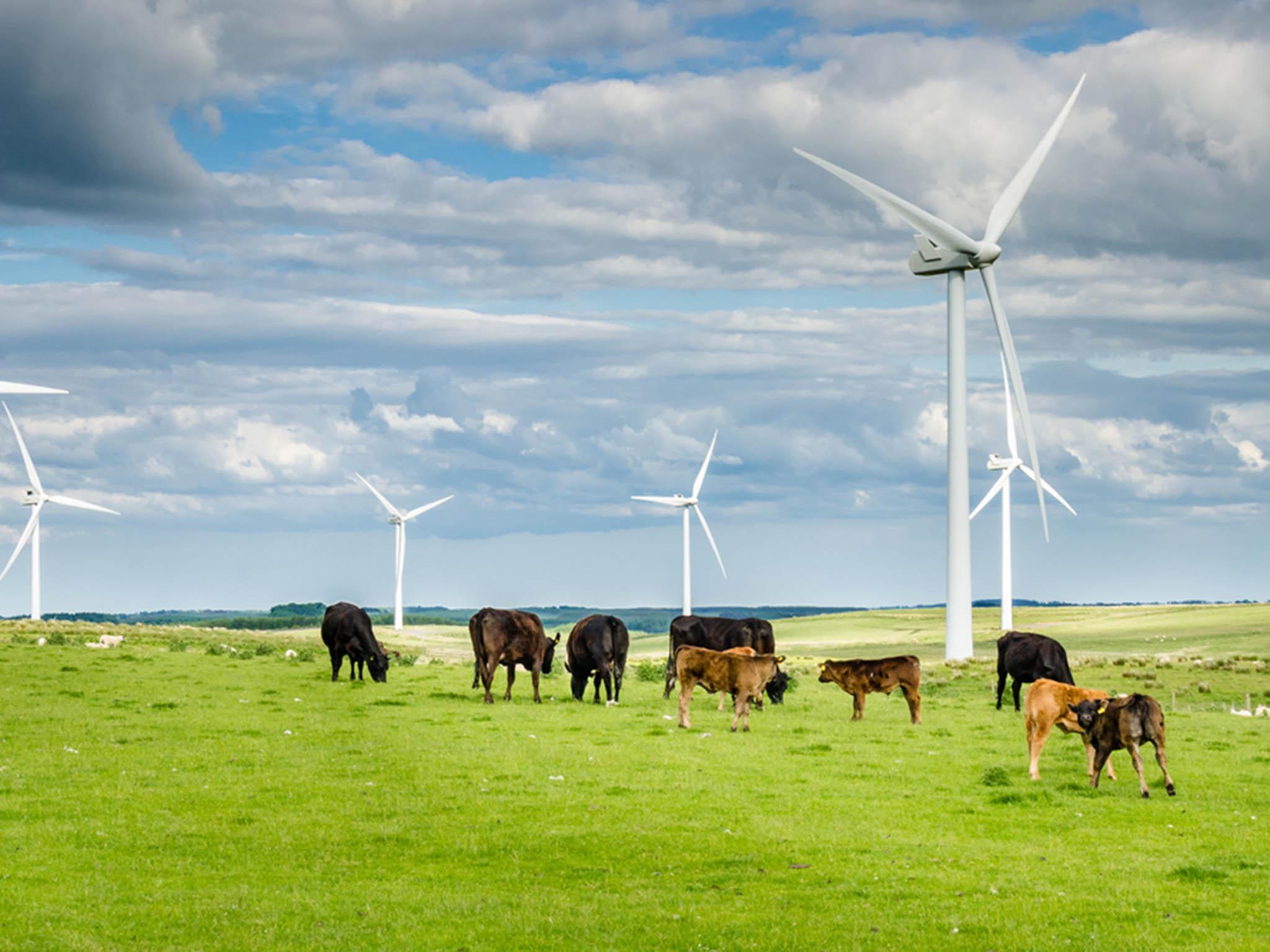
Coal is a fossil fuel formed from the remains of plants that lived and died millions of years ago. It's a combustible black or brownish-black sedimentary rock that can be burned to produce energy. Coal is composed of carbon, hydrogen, oxygen, nitrogen, and sulfur, and it's found in many parts of the world, including the United States.

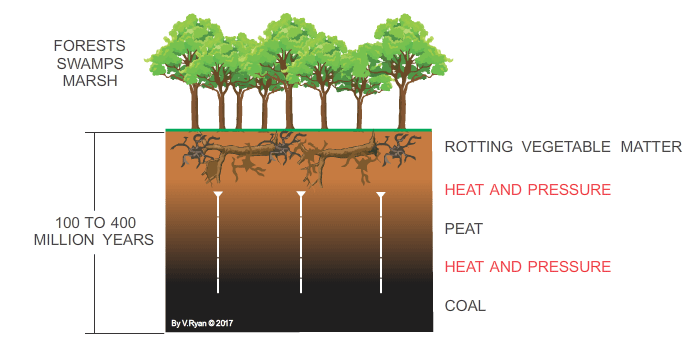
Types of Coal

There are four main types of coal: lignite, subbituminous, bituminous, and anthracite. Each type of coal has a different carbon content, which affects its energy density and usage. Lignite, also known as brown coal, is the lowest rank of coal and is often used for electricity generation. Bituminous coal, on the other hand, is the most commonly used coal in the United States and is used for both electricity generation and industrial processes.


Uses of Coal
Coal is a versatile energy source that has many uses. It's primarily used for electricity generation, accounting for about 30% of the world's electricity production. Coal is also used in industrial processes, such as steel production, cement manufacturing, and paper production. Additionally, coal is used to produce chemicals, such as methanol and ammonia, which are used in various industries.
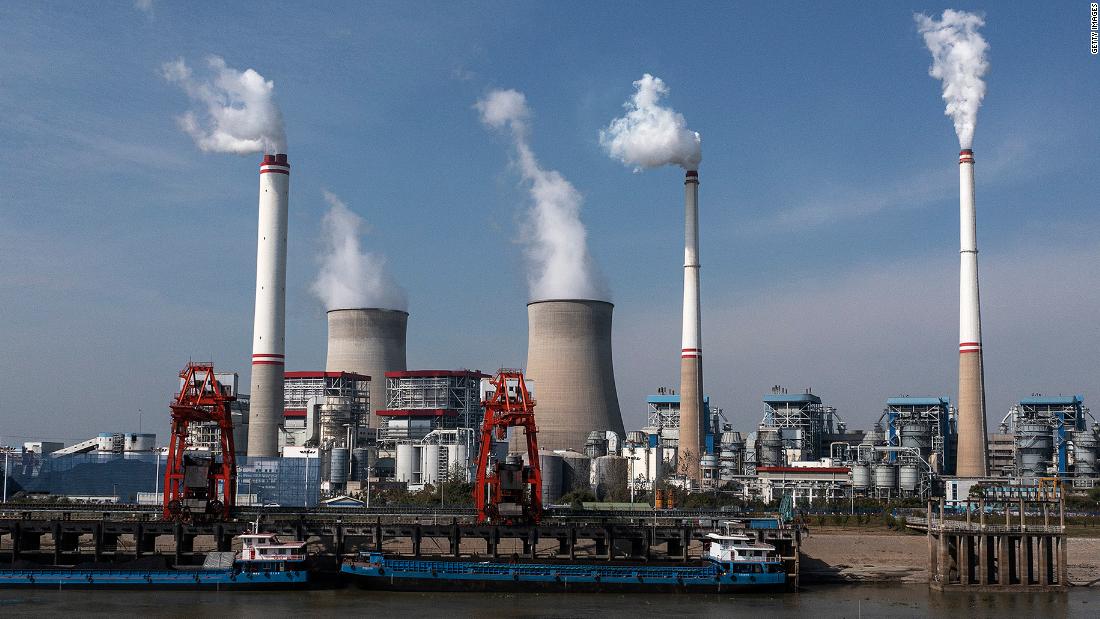
Coal and the Environment
The use of coal has both positive and negative impacts on the environment. On the one hand, coal is a reliable and affordable source of energy that has helped to power economic growth and development. On the other hand, coal combustion releases greenhouse gases, such as carbon dioxide and methane, which contribute to climate change. The EIA provides information on the environmental impacts of coal and other energy sources, as well as strategies for reducing these impacts.
In conclusion, coal is a vital energy source that plays a significant role in the world's energy mix. The U.S. Energy Information Administration (EIA) provides valuable resources and information to help kids learn about coal and other energy sources. By understanding the importance of coal, its uses, and its impact on the environment, we can make informed decisions about our energy future. Whether you're a kid or an adult, it's essential to stay informed about energy issues and to explore ways to reduce our environmental footprint.
For more information on coal and other energy sources, visit the U.S. Energy Information Administration (EIA) website. The EIA provides a wealth of information on energy topics, including coal, natural gas, petroleum, and renewable energy. By staying informed and engaged, we can work together to create a more sustainable energy future.
Key Takeaways:
- Coal is a fossil fuel formed from the remains of plants that lived and died millions of years ago.
- There are four main types of coal: lignite, subbituminous, bituminous, and anthracite.
- Coal is primarily used for electricity generation and industrial processes.
- The use of coal has both positive and negative impacts on the environment.
- The U.S. Energy Information Administration (EIA) provides valuable resources and information on coal and other energy sources.
Related Links: